1) May 6th, 319 AD. A normal spring day across Roman Britain. Little do the inhabitants of Britannia's towns and cities know they are about to witness one of nature's most awesome cosmic events. At around 2:15pm as we know it, the quality of the afternoon light begins to change..
2) The bright afternoon sky begins to darken. The spring birdsong falls silent. The hustle and bustle of the busy marketplaces draws to a standstill. To the sheer disbelief of people across most of Roman Britain over the next hour, the sun is slowly wiped from the sky..
3) Totality hits around 3:25pm as the sun is completely concealed, leaving nothing but a fiery halo high in the sky. Moving west to east across Aquae Sulis, Glevum, Corinium, Verulamium and Londinium, darkness descends over Roman Britain for a spellbinding 3 minutes..
4) We can't know how people reacted to the total eclipse but it's likely that some watched in awe, some cried in fear, some called out in prayer or made hasty offerings to the angered gods. Devoted pagans may have blamed the Emperor Constantine who was...
5) ..known to be a Christian sympathiser, turning away from the traditional gods more every day. Some of Britannia's growing number of followers of this One God may have called out that this eclipse was a sign of their God's new dominance...
6) The total eclipse of 319 passed on across northern Europe over Roman Cologne and Frankfurt, reaching as far as Georgia on the Black Sea where it has been linked to the Christian conversion of King Mirian who witnessed "a sudden return of daylight after a darkening of the sky"
7) The spring afternoon total eclipse was the most dramatic of a large number of total or annular eclipses witnessed by Roman Britain; most notably in 4, 158, 228 and 319 AD. This particular eclipse would undoubtedly have had a profound cultural effect on Britannia and..
8) ..made a lasting mark on the collective psyche of the province. Despite this, in a clear testament to the scant amount of literary survivals from the era - we do not have a single surviving ancient source mentioning this total solar eclipse.
9) Modern scientific understanding allows us to understand the eclipse with mathematical certainty: from the Forum of Roman London the eclipse began at 14:19 with totality at 15:29 (lasting exactly 3m00s) and ended at 16:36, magnitude: 1.018, Sun altitude: 35, Sun azimuth: 251
10) The solar eclipse of May 6th, 319 AD began in Mexico, crossed the Atlantic, Britain and Europe, finishing in Georgia – you can explore an interactive map of the eclipse through the @NASA eclipse database here: https://eclipse.gsfc.nasa.gov/SEsearch/SEsearchmap.php?Ecl=03190506 [END]

 Read on Twitter
Read on Twitter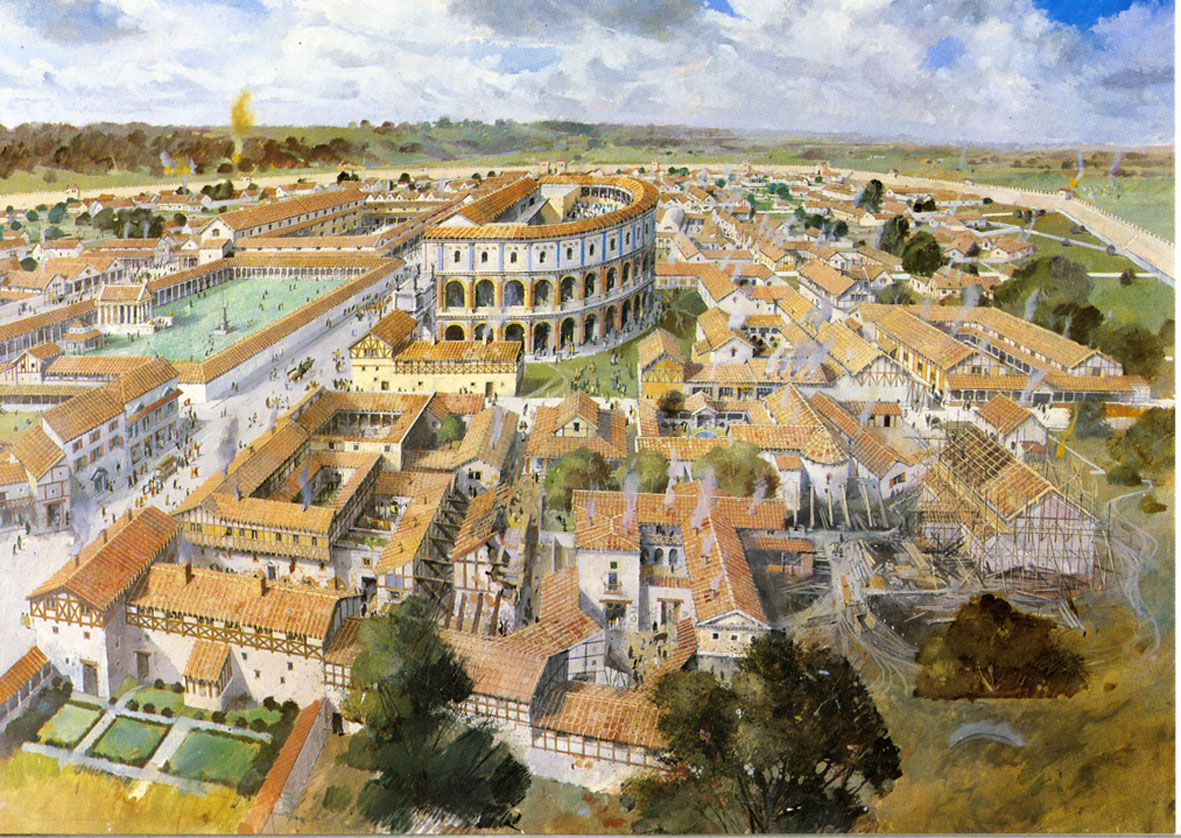
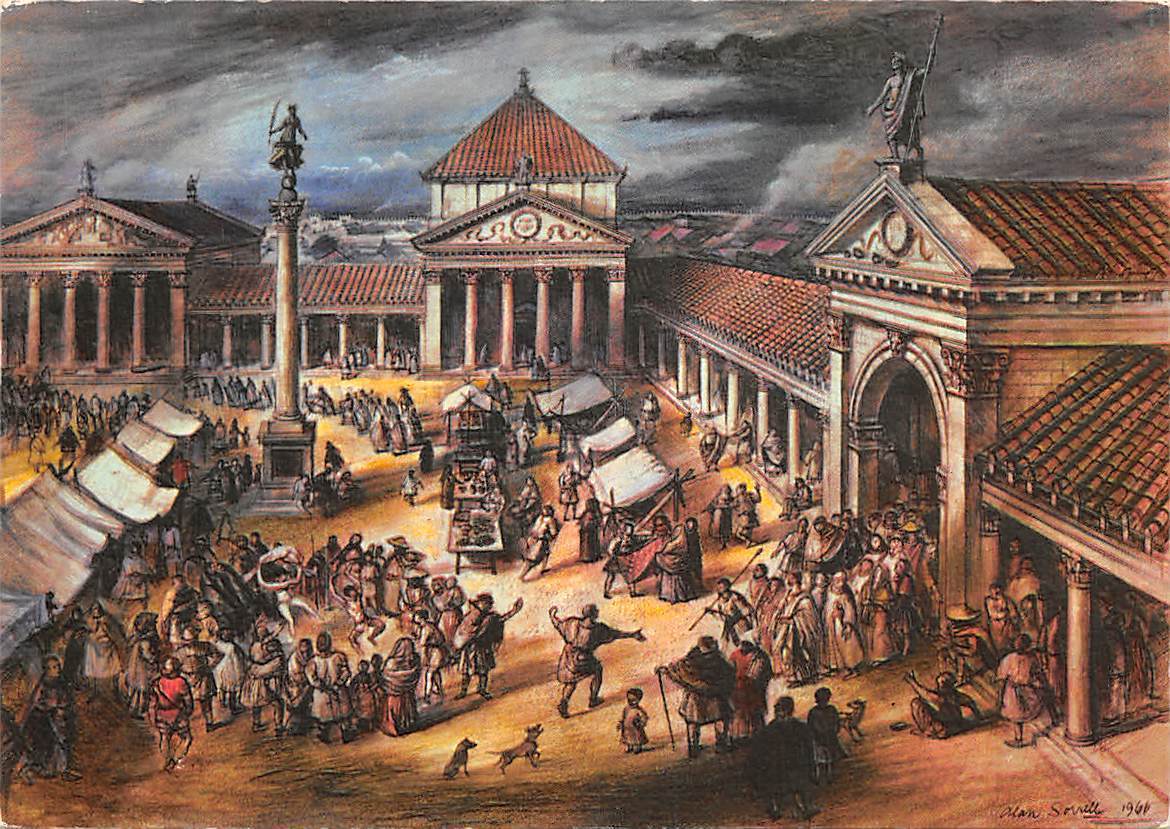
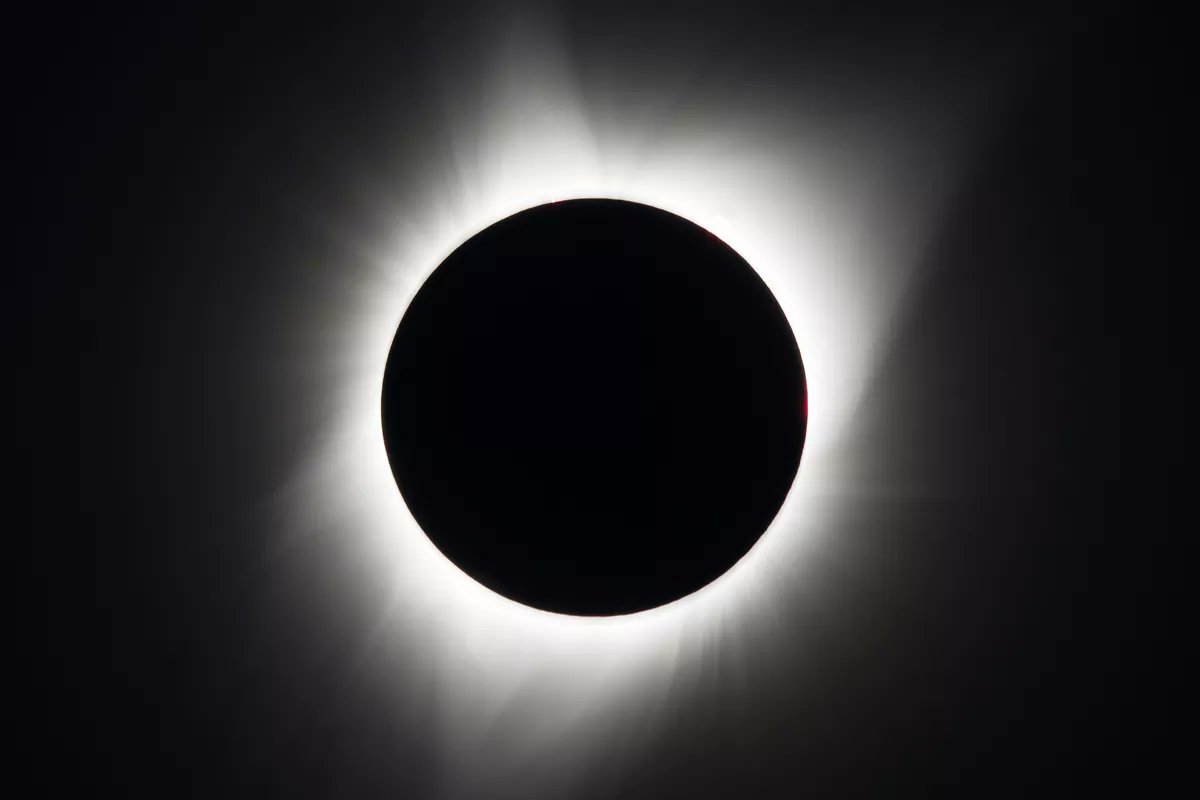
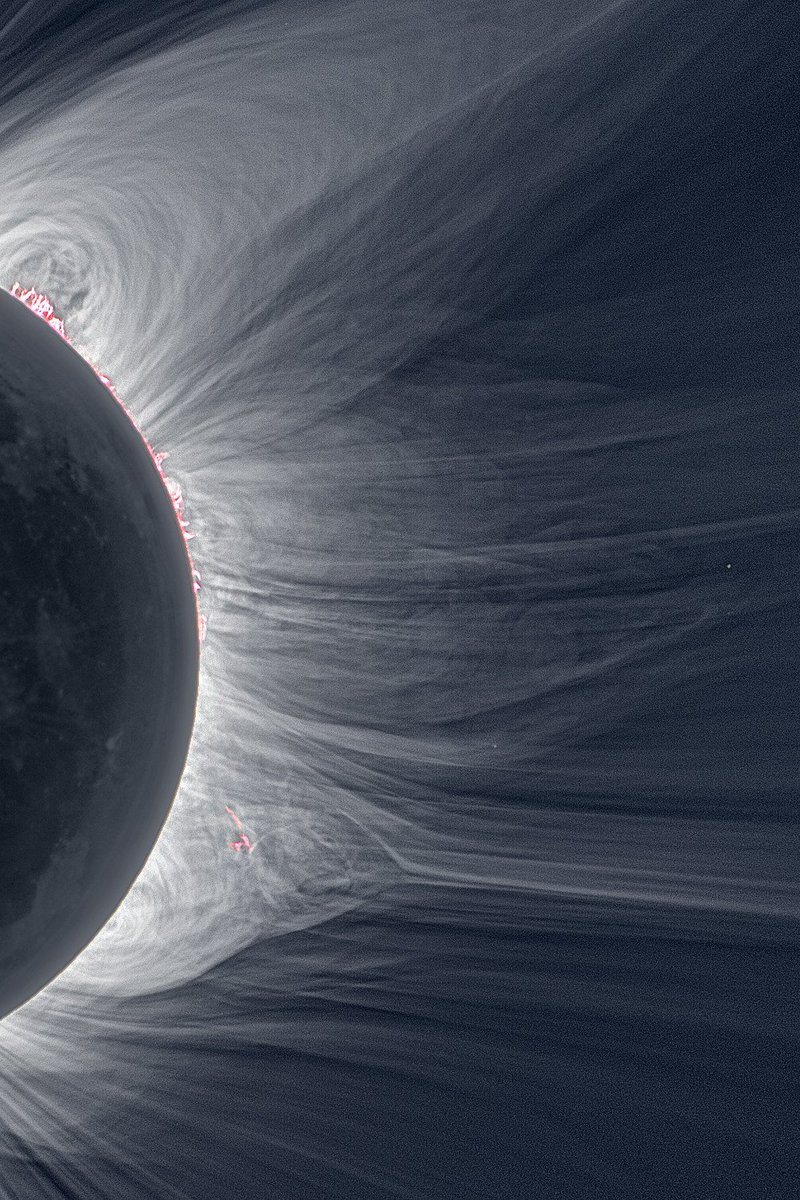
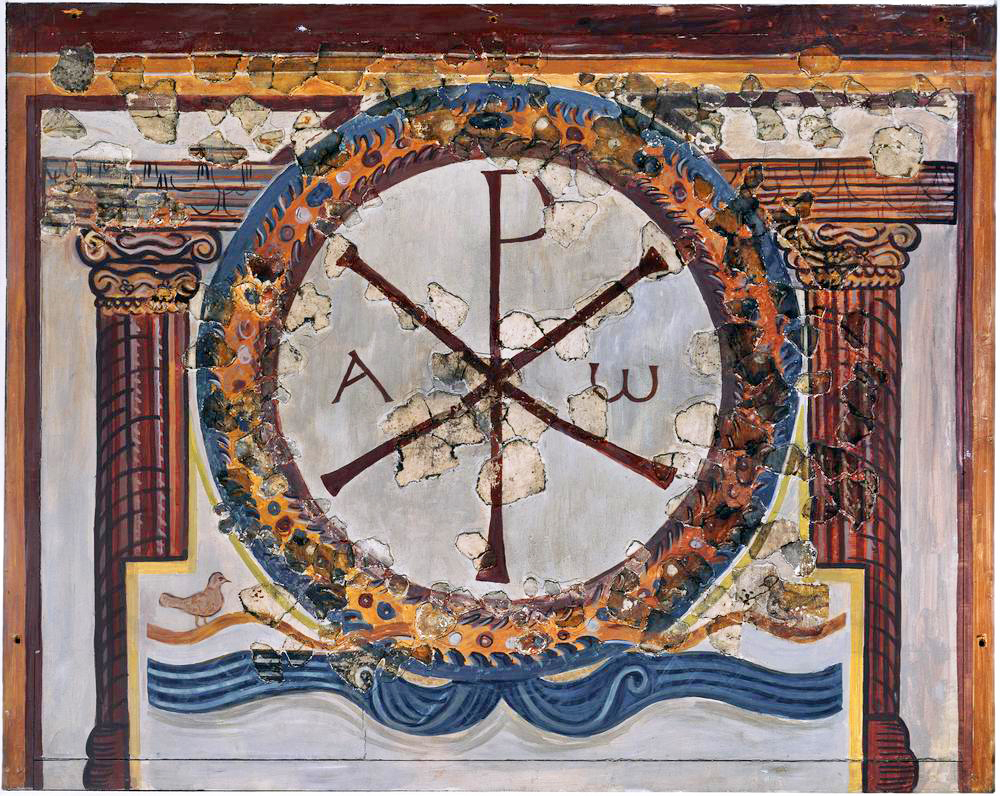
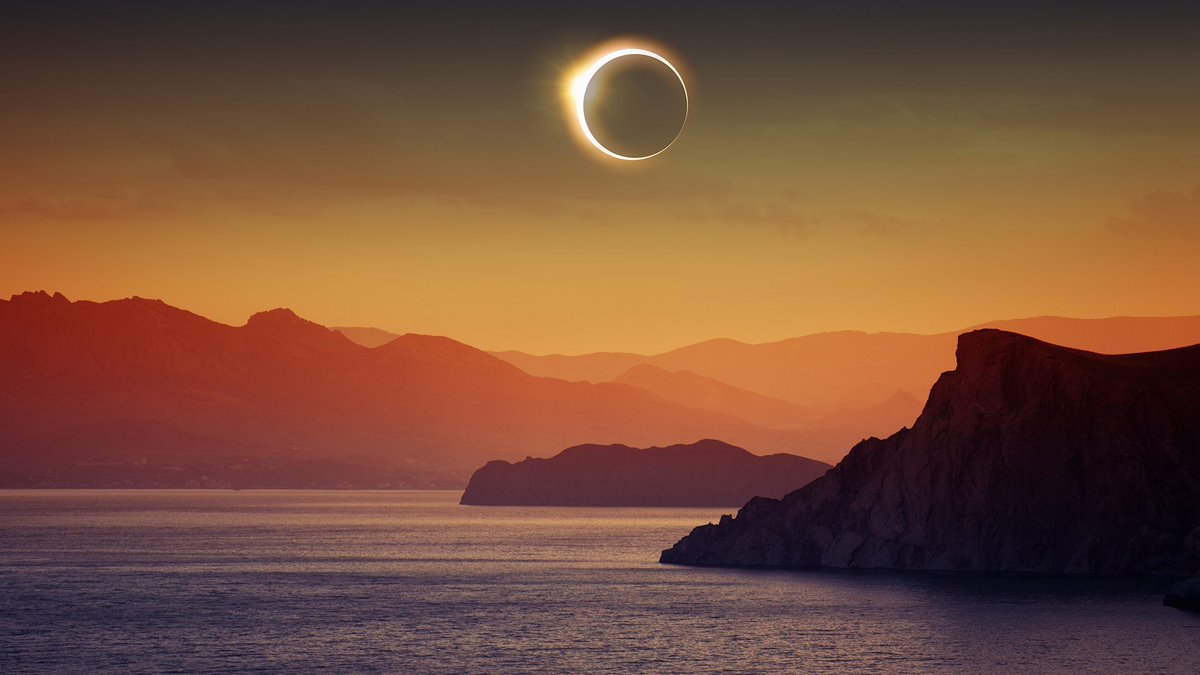
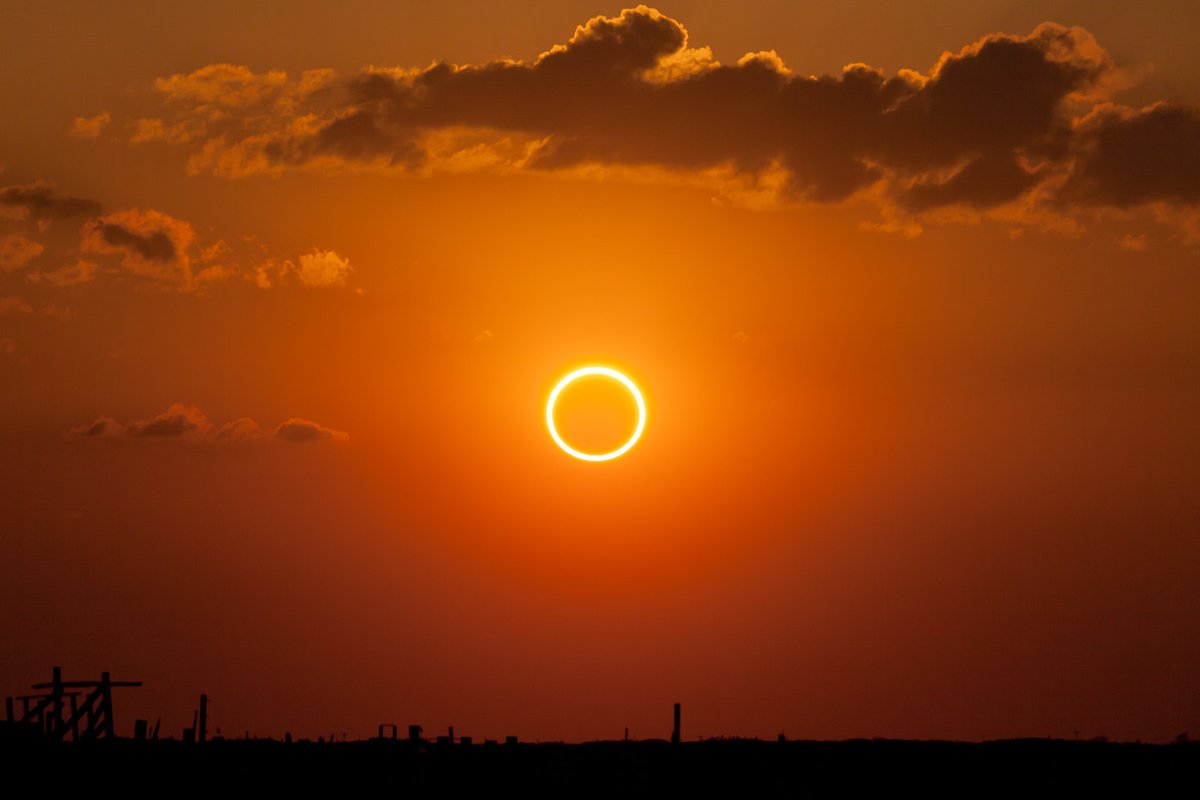
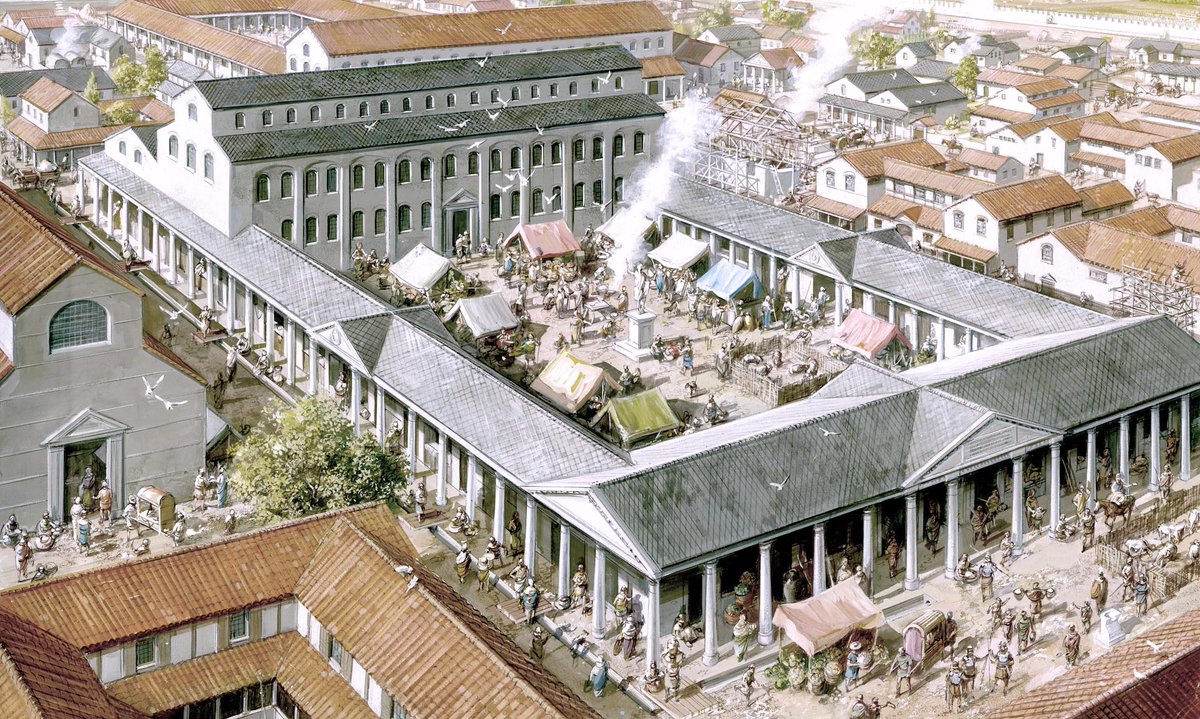
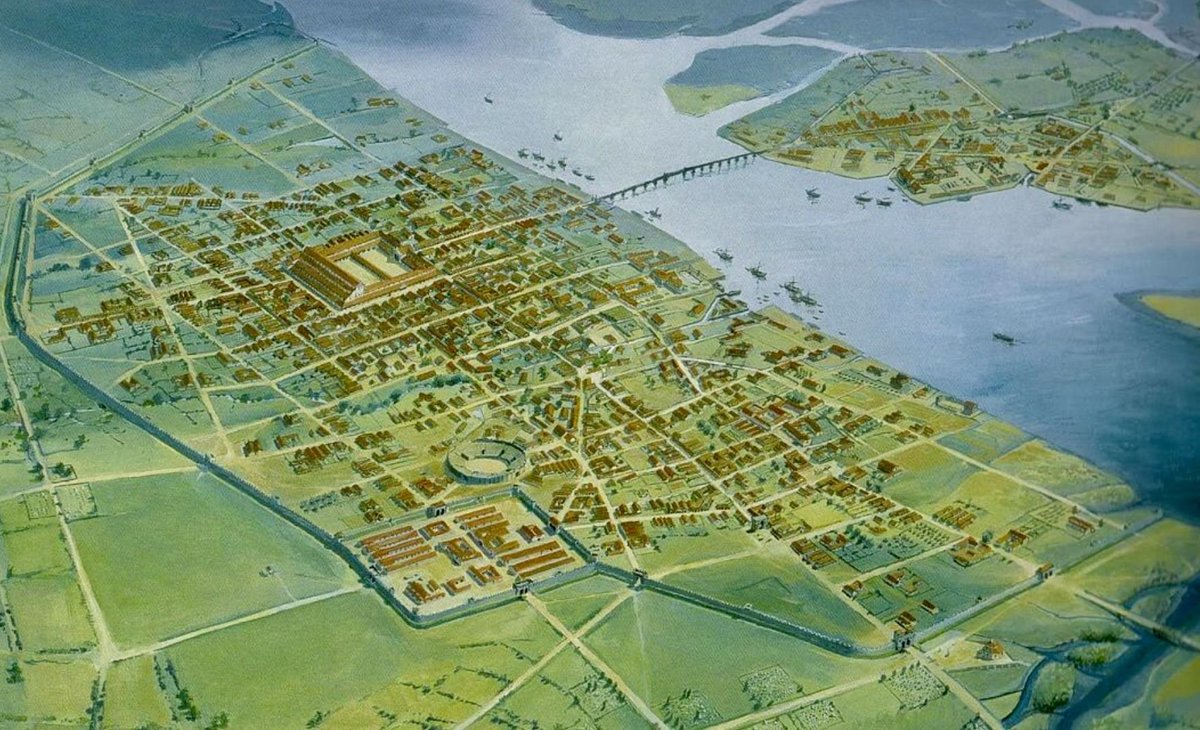
![10) The solar eclipse of May 6th, 319 AD began in Mexico, crossed the Atlantic, Britain and Europe, finishing in Georgia – you can explore an interactive map of the eclipse through the @NASA eclipse database here: https://eclipse.gsfc.nasa.gov/SEsearch/SEsearchmap.php?Ecl=03190506 [END] 10) The solar eclipse of May 6th, 319 AD began in Mexico, crossed the Atlantic, Britain and Europe, finishing in Georgia – you can explore an interactive map of the eclipse through the @NASA eclipse database here: https://eclipse.gsfc.nasa.gov/SEsearch/SEsearchmap.php?Ecl=03190506 [END]](https://pbs.twimg.com/media/EmyJnG0XMAEcVDZ.jpg)


